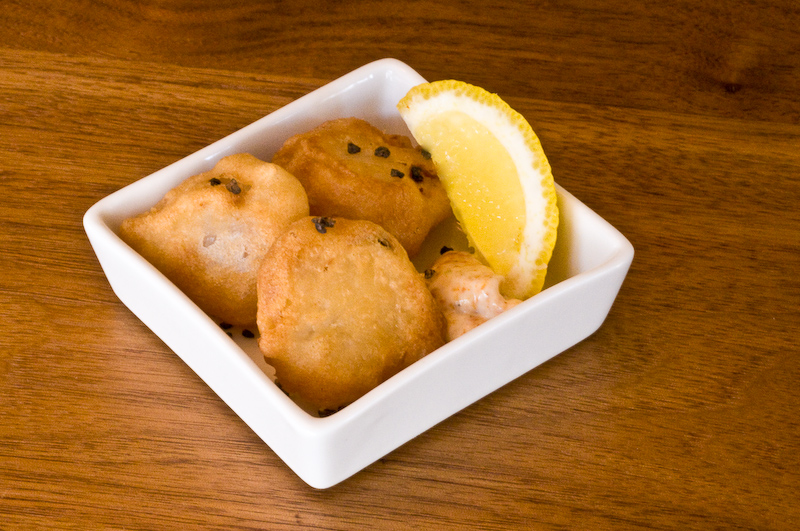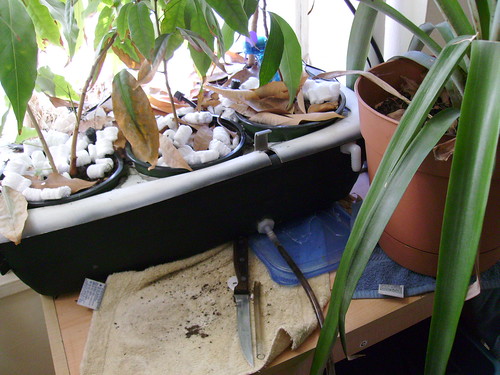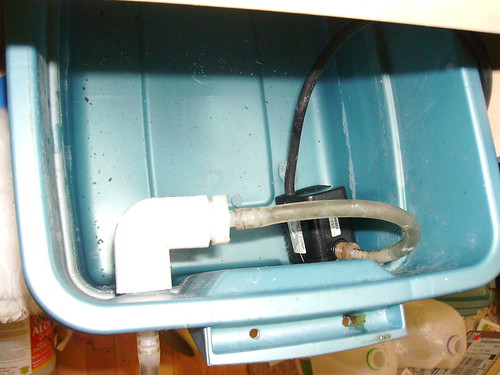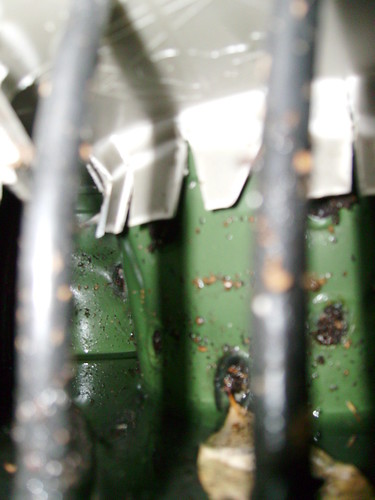I re-post this because I've noticed quite a few obvious cases of lychee being brown on the outside not matching the inside.
Via Blueproduce
It is well known in the industry that China, Taiwan, and Israel have been shipping lychees treated with Sulfur Dioxide (SO2) gas now for several years to the United States. There are already a few Chinese Exporters on the FDA Import Alert List for illegally applying SO2 to fresh lychees. Foreign exporters do it because it is the only commercially known method to preserve lychee fruit (also done with longan fruit) for the 25-30 day boat trip to the USA and because the lychee color can be maintained better since they avoid normal browning that is naturally occurring on the fresh lychee shell when exposed to oxygen. When the cold chained is maintained well you may see some light browning on the shell, this means it is fresh with no harmful post-harvest chemical treatments.
Here are a few photos that you can use as a reference guide when checking to see if the lychees you are buying are fresh:
 |
Lychees with Sulfur Dioxide (SO2) Gas Treatment
Click on the picture for more detail |
As you can see from the photos, most lychees that undergo SO2 gas treatment turn beige in color and this is a good indicator that these lychees likely do not follow FDA Food Safety Guidelines. However, when the SO2 gas is applied optimally and the lychee fruit is later dipped in an acidic solution most of the lychees return to their natural green or red color which makes it difficult to detect if a lychee has been treated with Sulfur Dioxide without performing a full laboratory analysis.
If you are in doubt, there is no need to panic, just contact your distributor and ask them for a lab certification guaranteeing that the lychees they are selling you are 100% fresh and free of SO2 gas residue. If you suspect you have lychees with SO2 gas residue, you should notify your distributor to get your money back and register a formal complaint with the FDA.
Lychees are yummy when served chilled and fresh, let’s make Food Safety our #1 priority by saying “yes” to fresh lychees and “no” to sulfur dioxide.
Import Alert 99-21










 SuperNatural Green Stay The importance of keeping the leaves healthy and green through out their growing cycle can make a dramatic difference in flower and vegetable production. It is easy to keep your plants healthy and green. By using a foliar spray of professional quality nitrogen, magnesium, and iron formula like Supernatural Brand Green Stay, results can be seen in just two days with one application. Combine with Ultimate B1 Thrive for the highest quality first aid for plants.
SuperNatural Green Stay The importance of keeping the leaves healthy and green through out their growing cycle can make a dramatic difference in flower and vegetable production. It is easy to keep your plants healthy and green. By using a foliar spray of professional quality nitrogen, magnesium, and iron formula like Supernatural Brand Green Stay, results can be seen in just two days with one application. Combine with Ultimate B1 Thrive for the highest quality first aid for plants.